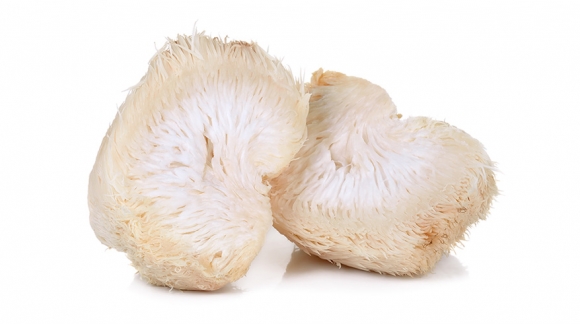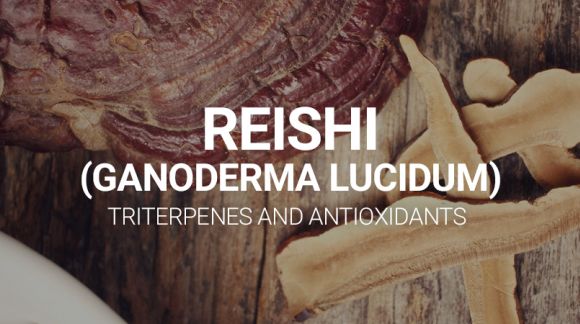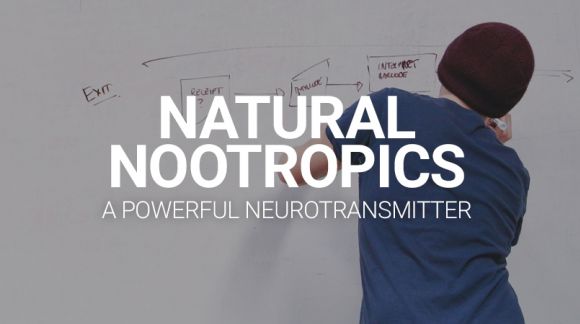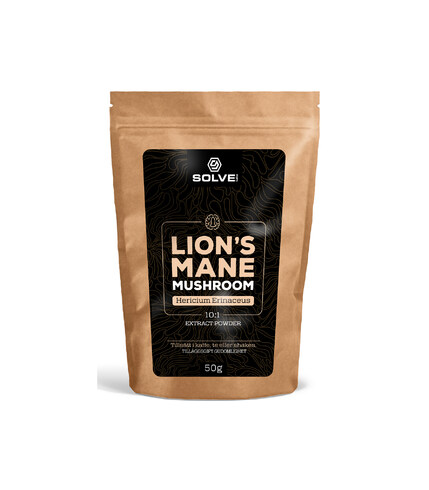Green tea - influence on cognitive functions and alpha brain wave activity

Green Tea is one of the most popular drinks in the world. It consists of richness natural substances, including nootropic compounds. It is a plant from Herbal Family (Camellia Sinensis), coming from China. For the first time it was mentioned in 3rd century BC by a chinese medical worker, who recommended to drink tea to his patients, for the sake of its focus improving properties. Till 3rd century BC, green tea was used only in medical context. Throughout next centuries, popularity of green tea rose. People started appreciating its taste and therapeutic values.
The material that can be consumed are leaves, which depending on the method of processing, can be divided into 3 main types of tea: green, red and black. Green tea, is submitted to the least number of processing methods, such as for example fermentation. It results in significantly bigger number of active substances in such type of tea in comparison with black and red tea. It has inside: flavonols (rutin, quercetin, kaempferol), catechin tannins, proanthocyanidins, xanthine (caffeine, theobromine, theophyline), theanine (aminoacid), phenolic acids, microelements (manganese, fluorides, aluminium), vitamins B, C and etheric oils.
L-theanine
L-theanine is naturally appearing aminoacid, located in leaves of green tea. It is synthesized from glutamine ethylamine in roots, and then transported to leaves, where it is stored. One of the main factors responsible for taste and pro-health properties of green tea, is L-theanine.
Its activity includes improvement of cognitive functions by intensifying density of neurotransmitters present in brain, such as : dopamine, 5- hydroxytryptamine (serotonin), glycine, GABA (γ-aminobutyric acid). Additionaly, it stimulates the level of nervous growth factor expression (NGF) in cerebral cortex and hippocampus. It supports memory and learning skills, decreasing oxidative stress and increasing brain waves Alpha type activity. In water maze test it was shown, that proper Ltheanine dose decreased number of mistakes committed by a mouse and lowered the time in which it ended a maze. L-theanine influences also the central nervous system by „muting” its reaction.
L-theanine and its influence on Alpha brain waves
Our brain is electrochemical organ. Every activity that we do, shows concrete electric activity, which we can observe in the form waves chart of different range and frequency. Brain waves are responsible for communication around nervous system . We can differentiate five wave ranges, correlated with concrete mental activity.
From the point of view of cognitive efficiency, the most efficient are Alpha waves. They have been connected with increased creativity, high stress efficiency, learning improvement concentration while concurrent decrease of anxiety state. This activity is very often met at sportspeople, and the state in which they are we call flow state. It is a kind of focus and peace connected with high self-confidence and mistakeless, almost automatic reaction for incentives.
In one of the research, the influence of 50 to 200mg L-theanine was checked on Alpha brain waves activity . Half of the participants of the test, assessed their anxiety state as high. In both groups after 30 minutach from giving L-theanine, growth of Alpha waves was noticed occipital and parietal area, as the blood preasure declined at the same time, showing by that, the state of relax.
Dosing
Daily dose of L-theanine in case of an adult person is from 100 to 200 mg. While feeling a strong stress, we can use 200mg 2/3 times a day.
Moreover, L-theanine shows synergistic activity with caffeine, neutralizing irritation effect and supporting its activity on cognitive functions.
Bibliography
Y. Liang, C. Liu, L. Xiang, X. Zheng, Health Benefits of Theanine in Green Tea:A Review, Tropical Journal of Pharmaceutical Research 2015, s.1943
H. Yang, W. Li, H, Yu, R. Yuan, Y. Yang, K. Pung, Ping. Li, L. Xue, Physiological Effects of L-Theanine on Drosphila melanogaster, Molecules 2013, 18, s.13176
E. Sikora, J. Ogonowski, Study of antioxidant properties of green tea extract, CHEMIK 2011, s.971
A. Schmmidt, F, Hammann, B, Wolnerhanssen, A. C Meyer-Gerspach, J. Drewe, C. Beglinger, S. Borgwardt, Green tea extract enhances parieto-frontal connectivity during working memory processing, Psychopharmacology, 2014
J. Bryan, Psychological effects of dietary components of tea: caffeine and L-theanine, Nutrition Reviews vol.66, s.85







